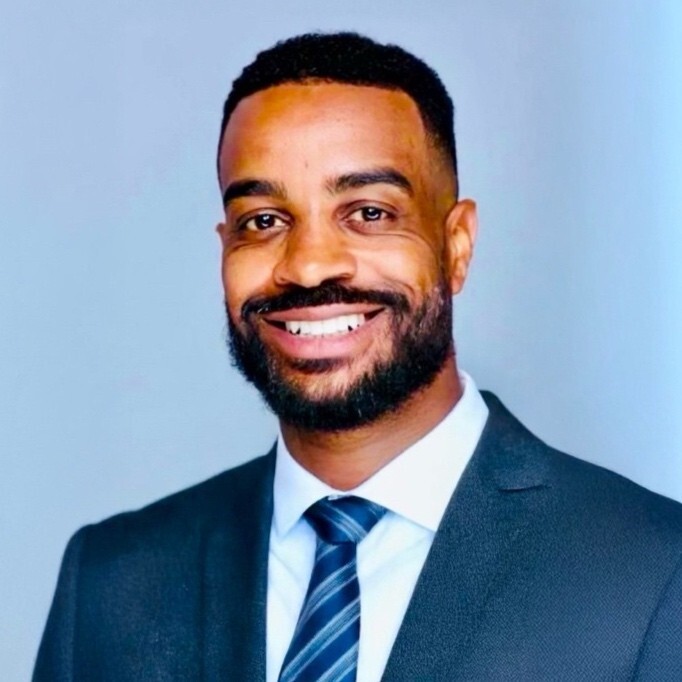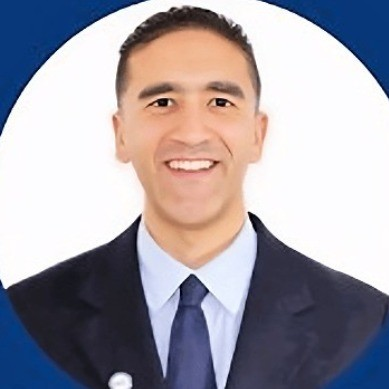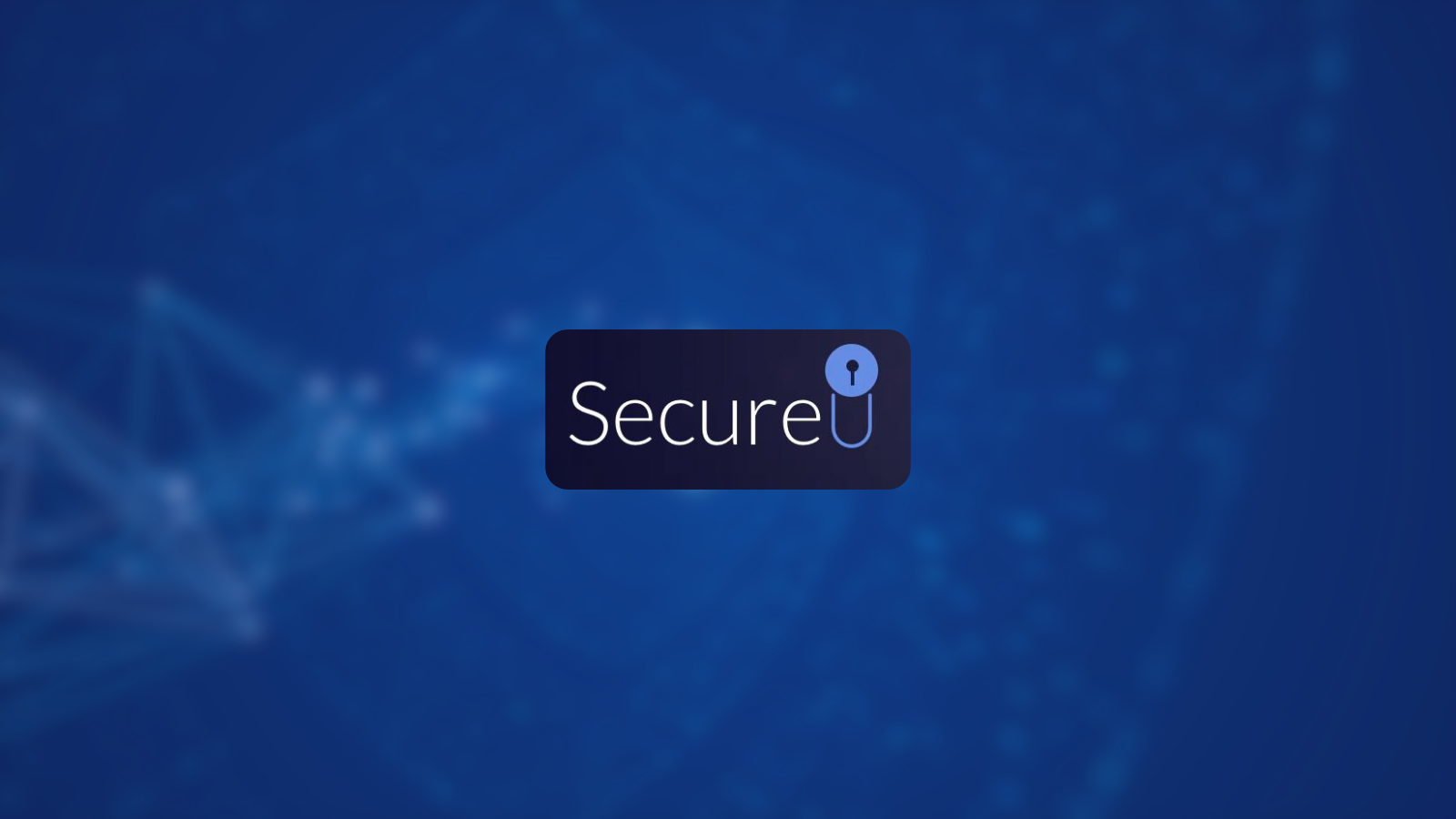
Sholomi Farrell, CISM
Sr. Security Operations & Technology Leader
In this edition of our leadership spotlight, we explore the journey of Sholomi Farrell—a veteran whose transition from military operations to private-sector security became a mission to redefine risk management.
For many veterans, transitioning from the structured world of the military to the fast-paced private sector is not easy. For Sholomi Farrell, that transition became an opportunity to redefine security itself.
With a background spanning military operations, law enforcement, and corporate security, Farrell learned to adapt quickly to evolving threats, emerging technologies, and shifting environments.
But his real breakthrough came when he founded SecureU—a consulting firm that merges physical security, cyber risk management, and technology integration into a unified strategy.
Now, as the security industry faces AI-driven threats, rapid digital transformation, and the growing convergence of physical and cyber security, Farrell is at the forefront—helping organizations stay ahead of the curve.
In this conversation, he shares his journey, key lessons learned, and his vision for the future of security.
Making the leap to corporate security
After years in law enforcement, Farrell felt he could do more. So, he took a leap—leaving public service behind and moving to the Bay Area to enter the corporate security world.
“That was a huge transition for me—understanding corporate jargon, relationships, partnerships, and the business side of security,” he says. “I had to learn fundamental corporate security, like securing an office space and aligning security with business goals. Then I stepped into leadership—mentoring, establishing protocols, and building policies from the ground up.”
He quickly gained experience in executive protection, safeguarding a CEO and their family. But his real passion lay beyond traditional security—he saw the industry shifting toward technology.
“I knew convergence was happening really fast,” he explains. “You didn’t really need as much of a physical footprint anymore. You needed technology acumen to be well-rounded in this space.”
That realization led him to leadership roles at Lime Scooters, Gemini Trust, and Cruise, where he deepened his expertise in security technology and strategic partnerships. But ultimately, he had one more transition in mind: entrepreneurship.
From operations to consulting: A journey built on partnerships
In 2020, Farrell launched Secure U, his own security consulting firm.
“It was supposed to be just a physical security company—guards, deployments. But then I shifted it into consulting,” he says.
Why?
“I felt like more people could use someone knowledgeable,” he explains. “There needs to be more players in the field who understand Physical Security as a Service (PSaaS), global risk assessments, and security technology integration. I had worked in high-tech companies, and I knew how to connect the dots.”
Today, SecureU serves a mix of high-net-worth clients, business owners, and corporate teams.
And Farrell isn’t doing it alone.
“I rely on partners, integrators, and experts in different areas. Security is not a one-person job,” he says.
Bridging physical and cyber Security
Farrell’s experience places him at the crossroads of physical security and cybersecurity—a convergence that has been talked about for over a decade but still feels fragmented.
“At a conference, I first heard the term ‘physical security convergence with cyber,’ and I thought, Wow, this is interesting. Cyber systems and technology risks were growing together, and manpower wasn’t needed as it used to be. More attacks were shifting toward digital threats,” he says.
Recognizing the shift, he hit the books again, studying for the Certified Information Security Manager (CISM) certification.
“I had to learn more,” he says. “I was already partnering with engineers. I thought, Maybe I should know how to protect information as well.”
His goal? To be a security leader who speaks both languages.
“You can’t be a strong leader if you can’t communicate across departments. You need to know how to talk to IT, finance, executives, and security teams alike,” he says.
Overcoming challenges in the security industry
So, what’s the biggest challenge facing security today?
“The threats,” Farrell says without hesitation.
“They’re more digital. More zero-day attacks. More anomalies we haven’t seen before. And a lot of teams are reacting rather than being proactive,” he explains.
One of the biggest mistakes he sees? Poor risk assessment and visibility.
“I meet people who don’t know how to calculate risk, measure impact, or develop a business continuity plan,” he says. “A lot of companies are winging it. Instead of a structured plan, it’s just, ‘Call me if something happens.’”
That lack of preparedness and risk mitigation creates a domino effect, leading to knee-jerk security decisions instead of long-term resilience.
Breaking free from siloed security
Another issue plaguing the industry? Siloed security departments.
“So many organizations separate physical and cyber teams. They don’t collaborate. They don’t understand each other’s systems,” he says.
And lifecycle management?
“If you don’t know what systems you have, how do you build risk controls? Some companies don’t even know where their legacy systems begin and end,” he says. “It’s a massive gap.”
Farrell believes security leaders need to change their mindset—and fast.
“There’s a resistance to adopting new technologies. A lot of people still rely on spreadsheets. They refuse to learn better tools. But we need to move forward,” he says.
What’s next? Private security, AI, and the future
Looking ahead, Farrell predicts major shifts in private security.
“Retention in law enforcement is at an all-time low. Fewer people are signing up. Police response times are getting longer,” he says. “I think we’re going to see a huge rise in private security contracts—executive protection, neighborhood patrols, and physical security services stepping in to fill the gap.”
At the same time, AI is transforming the security landscape.
“There’s so much happening with AI—real-time threat detection, predictive analytics, and connected security systems. Organizations are finally integrating their tools,” he says.
The industry, he notes, is on the edge of a transformation—but it’s up to security leaders to embrace it or get left behind.
Mentorship, knowledge, and growth
When asked what advice he has for aspiring security professionals, Farrell doesn’t hesitate. “Mentorship. Mentorship. Mentorship.”
He believes the best way to grow is to learn from those who came before. “Find the wise, old guy in the room and learn from them,” he says.
He also urges young professionals to hit the books.
“Security is constantly evolving. If you don’t study, you’ll fall behind. Learn the foundations of physical and cyber security. Join organizations like ASIS and ISACA. Get certified. Build credibility,” he says.
Because, as he puts it:
“Nobody wants to listen to someone who isn’t credible.”
Final reflections: A commitment to growth and collaboration
Sholomi Farrell’s career is a testament to adaptability, continuous learning, and the power of mentorship. From his time in the Air Force operating drones in combat zones to his work in law enforcement, corporate security, and now as the founder of SecureU, he has embraced every challenge with a drive to learn and lead. His journey highlights the importance of bridging the gap between physical and cybersecurity, the need for collaboration across industries, and the role of technology in shaping the future of security.
Despite his impressive trajectory, Farrell remains committed to fostering connections and sharing knowledge. He’s active on LinkedIn and encourages security professionals—whether seasoned leaders or newcomers—to reach out, exchange ideas, and build relationships.
“I love talking shop. If you’re in security, I want to hear from you,” he says. “There’s so much we can learn from each other, and the more we collaborate, the stronger our industry becomes.”
For Farrell, security is a constantly evolving challenge, one that requires adaptability, strategic thinking, and a willingness to embrace new ideas.

David Santiago
David is a Physical Security Professional and SiteOwl contributor. From his service in the U.S. Marine Corps to leading campus-wide security initiatives, David brings deep operational insight. When not writing or consulting, he enjoys tai chi, playing basketball, and chasing the perfect beach sunset with his family.




